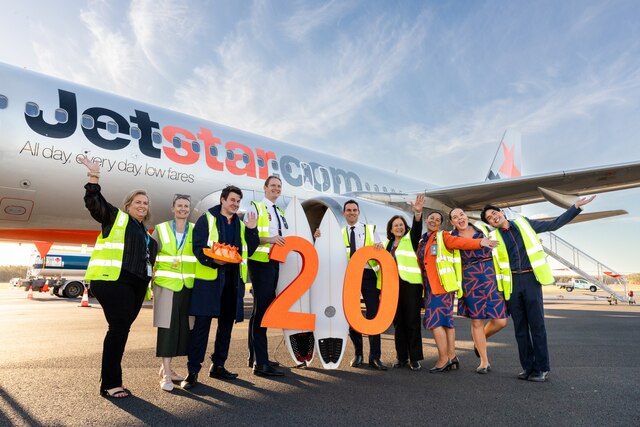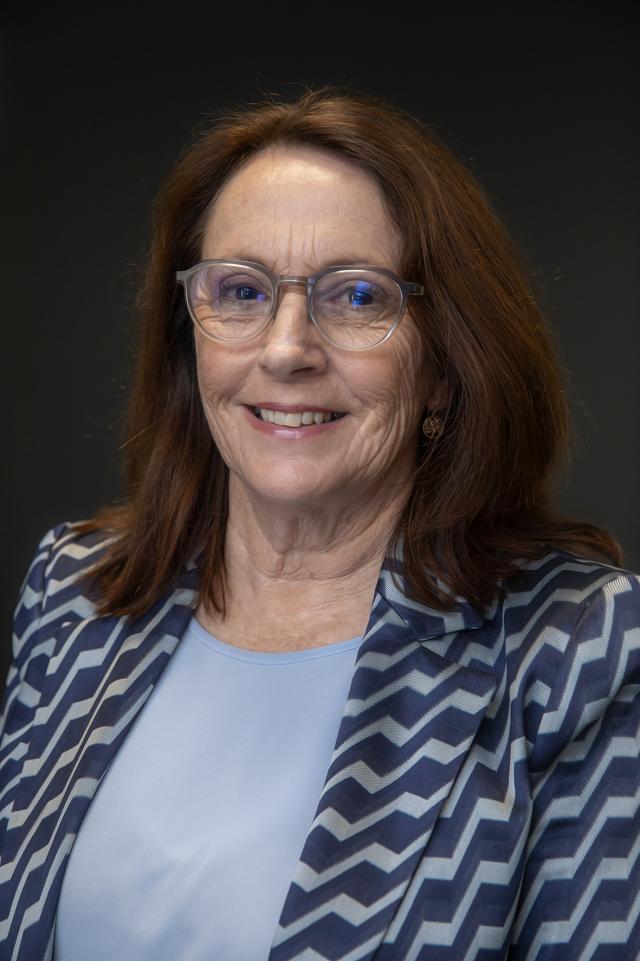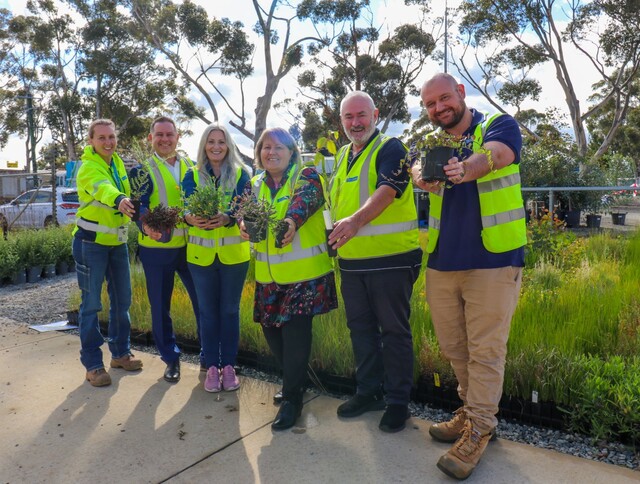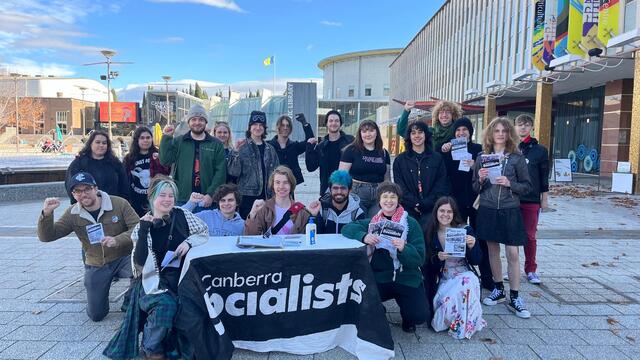Working with a group of planners at the City of Darebin, Steven Ames said that building a strategic vision for the future must involve local people planning for the future.
“Through their participation people can then say ‘I understand’,” he said. “You can’t force people to change. The key is to get people to start asking the right questions so things become their choice and their decision.”
Principal of US companies, Steven Ames Planning and NXT Consulting based in Portland Oregon, Steven has had extensive experience working with local communities, and public and private sector organisations to anticipate and plan for the future.
He delivered a paper on community visioning at the recent National Local Government Community Development Conference held in Perth last March. Author of ‘A Guide to Community Visioning’, a citizens’ handbook on planning for the future, Steven Ames has worked on numerous local and regional visioning projects in the United States and Canada.
In addition to his work at the City of Darebin, while in Australia, Steven addressed members of the Royal Australian Planning Institute of Queensland and made a joint presentation for Logan and Redland Councils He also visited Blue Mountains City Council before heading to New Zealand, where he worked with Wellington City Council and addressed the New Zealand Futures Trust.
“In any visioning process, the key is to ensure that stakeholder groups sponsor the process,” he said. “By gaining permission from the community to have the dialogue, you will have belief in the process.”
Pointing to rapid population growth, environmental stresses on the planet, resource depletion, economic restructuring, technology transformation and the information revolution, Steven Ames describes what we are living through as ‘a tsunamis of change’.
“The world in the next 10-15 years will be a far different place,” he said. “The question is how do we plan within this scenario? The key is to bring the community together to help envision new possibilities. From here, create a shared sense of direction and develop concrete measurable goals.”
Referring to the very successful Oregon Experience, he said that every local community has a plan and together they have developed a plan for the whole State.
The planning model involves the following.
- Where are we now?
- Where are we going?
- Where do we want to be?
- How do we get there?
Darebin City Council, located in Melbourne’s north, is a multicultural community with some 130,000 residents.
“We have a very large and diverse community,” said Kevin Breen, General Manager Strategy and Governance. “Steven Ames’ community based visioning fits with our neighbourhood or precinct based approach to planning. Ranging from inner urban to outer green belt developments, it is clear that ‘one size fits all’ is not appropriate. As part of our planning process, we want to engage with our local communities to enhance the data already collected via surveys and the like. We want to tap into people’s own experiences and their aspirations about the community they want to live in.”
For further information contact Kevin Breen, telephone (03) 9230 4637 or Steven Ames at scames@aol.com.







